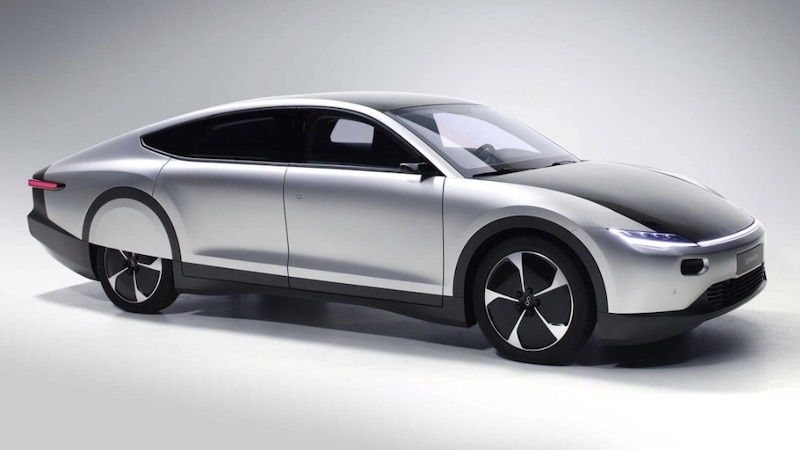Lightyear, a company that makes electric cars, has shown off its first vehicle that is ready for mass production. It is a solar-powered electric car that costs $254,000 and can go for seven months without needing to be charged.
While the ultra-luxury price tag may be out of reach for the majority of us, the company promises a design starting at approximately $30,000 will be available in 2024 or 2025.


Transportation emits more greenhouse gases than any other sector in the United States, so convincing people to switch from gas-guzzling vehicles to climate-friendly alternatives is essential to halting global warming.
Watch Video
However, even environmentally conscious drivers may be hesitant to purchase an electric vehicle due to the inconvenience of charging — topping off a battery can take hours, and fast charging stations are not yet widespread.
About Lightyear
In 2013, students from Eindhoven University of Technology raced a solar car across nearly 2,000 miles of the Australian outback to win their category of the World Solar Challenge.
A few years later, five of these students founded Lightyear with the intention of accelerating the global transition to electric vehicles by addressing the charging problem with solar energy.
In December 2021, CEO Lex Hoefsloot told Auto Future, “It offers independence: you can simply park your car and it will charge.” “Solar cells have become more affordable and offer clean, free, and hassle-free energy.
Lightyear 0

After six years of development, Lightyear has unveiled its first production-ready solar-powered electric vehicle: the Lightyear 0.
Lightyear got rid of the side mirrors that caused drag and replaced them with cameras. This gave the $254,000 luxury sedan a battery range of 388 miles.
The vehicle’s primary selling point, however, is the 53 square feet of solar cells that cover its exterior, which, according to Lightyear, can provide up to 44 miles of daily range in ideal weather conditions.
In 2024 or 2025, Lightyear plans to release a solar-powered electric car priced at $30,000.
According to the company’s testing, a person with a commute of 22 miles or less in a cloudy climate like the Netherlands can go two months without charging their solar electric car. If they reside in a sunnier location, such as Spain, they could go seven months without a haircut.
Lightyear anticipates beginning production of its solar-powered electric car this fall, with the first customers receiving their vehicles in November 2022.
Because of this, Lightyear plans to make fewer than 1,000 luxury EVs before switching its focus to Lightyear 2, a solar-powered electric car that will cost $30,000 and be available in 2024 or 2025.
“We’re trying to make a difference, not for the millionaire who can afford a [$254,000] car, but for the average person who can…” “Obtain a dependable, environmentally friendly vehicle that outperforms any econobox available at the time,” says Telian Franken, team leader for the prototype.




